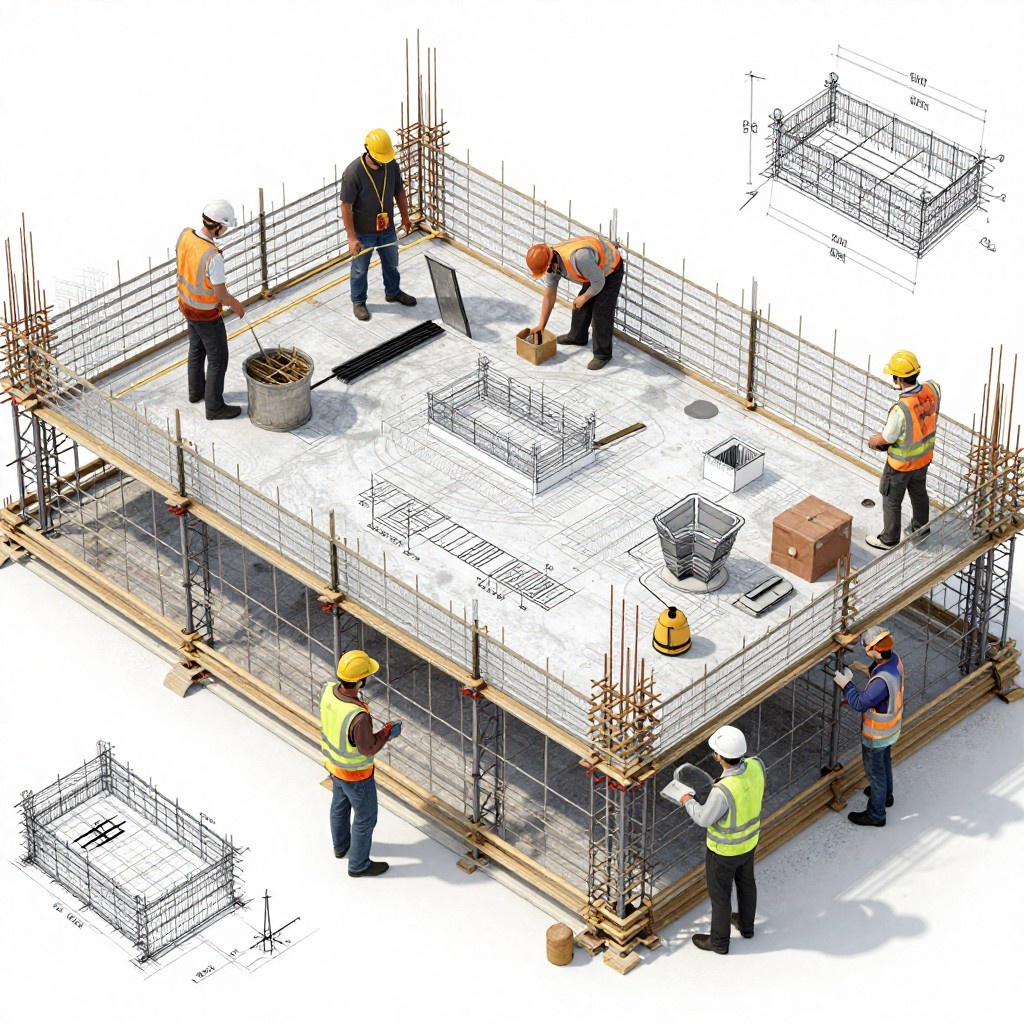Introduction
A BIM (Building Information Modeling) Execution Plan is a critical document that defines how BIM will be used and managed throughout the lifecycle of a construction project. It provides a road map for project stakeholders such as architects, engineers, contractors, and owners to understand how BIM will be applied to meet project goals efficiently. The BIM Execution Plan typically includes information on BIM processes, standards, roles, responsibilities, and workflows.
Recommended blog: BIM in construction industry: Trends and Innovation
Components of a BIM Execution Plan
Here are top 10 key components which are required for a BIM Execution Plan:
- Project Information: This section includes details about the project, such as its scope, objectives, schedule, budget, and any specific BIM goals or requirements.
- BIM Uses: The plan should specify how BIM will be used throughout different project phases, such as design, construction, and facility management. Common BIM uses include clash detection, quantity take-offs, visualization, and energy analysis.
- BIM Level of Development (LOD): The LOD specifies the level of detail and accuracy of BIM models at various project milestones. It helps ensure that the level of information in the models aligns with project needs.
- BIM Standards and Guidelines: This section outlines the industry standards and specific guidelines that will be followed during BIM implementation. It may include standards for model exchange, naming conventions, and data formats.
- Roles and Responsibilities: Clearly define the roles and responsibilities of each project team member regarding BIM. This ensures that everyone understands their part in the BIM process.
- Modeling and Coordination Procedures: Describe the procedures for model creation, sharing, and coordination among different disciplines. It may include protocols for resolving clashes or conflicts in the BIM models.
- Data Exchange and Integration: Specify how data will be exchanged between various software applications and systems. This includes data formats, protocols, and frequency of exchanges.
- Quality Assurance and Control: Detail how the quality of BIM models and data will be assured and controlled throughout the project's lifecycle.
- Training and Education: Identify any training requirements for project team members who are new to BIM or need to enhance their BIM skills.
- Project Phases: Divide the BIM implementation plan into project phases and describe what will be accomplished in each phase. Include milestones and deliverables for each phase.
Informative blog to read on BIM Best Practices: Master Efficient Building Design
Types of BIM Execution Plans
There are two main types of BIM Execution Plans(BEP)
1. Pre-Contract BEP
2. Post-Contract BEP
Lets have a look both BEP types in detail
1. Pre-Contract BIM Execution Plan (Pre-Contract BEP):
A Pre-Contract BEP is created before a construction project's contract is awarded. It is usually part of the bid or proposal submission process. The Pre-Contract BEP's objective is to establish the BIM requirements, expectations, and strategies that project stakeholders such as the client, designers, contractors, and subcontractors will follow during the design and pre-construction phases.
Key components of the Pre-Contract BEP may include:
- Project-specific BIM goals and objectives.
- BIM standards and protocols to be used.
- Roles and responsibilities of each project team member in relation to BIM.
- Data and information exchange requirements.
- BIM software and tool requirements.
- A timeline for BIM-related activities.
- Quality control and assurance procedures for BIM deliverables.
- BIM deliverables and their formats.
- Communication and coordination procedures.
2. Post-Contract BIM Execution Plan (Post-Contract BEP):
When the construction project's contract has been awarded, a Post-Contract BEP is established. It adds features and revisions to the Pre-Contract BEP based on the project's particular conditions and requirements. The Post-Contract BEP addresses BIM deployment and implementation during the construction and post-construction phases.
Key components of the Post-Contract BEP may include:
- Further clarification of roles and responsibilities as they evolve during the project.
- Detailed BIM execution procedures and workflows.
- Continuation of data and information exchange protocols.
- Integration of BIM into construction scheduling and logistics.
- Coordination of clash detection and resolution processes.
- Ongoing quality control and assurance measures.
- Data handover procedures for facility management and operation.
- Updates to the BIM model and deliverables as the project progresses.
- Monitoring and reporting on BIM-related performance.
Both Pre-Contract and Post-Contract BEPs are critical tools for guaranteeing effective BIM deployment on construction projects. By utilizing the benefits of BIM technology and processes, they help to develop clear rules, enhance collaboration among project stakeholders, and improve overall project efficiency and quality. The BIM Execution Plan is an evolving document that should reflect changes and adjustments in BIM implementation to ensure the project's success. It is an essential tool for reaping the benefits of BIM, such as enhanced cooperation, decreased errors, and improved project outcomes.
Conclusion
A well-structured BIM Execution Plan is essential for aligning all stakeholders and ensuring smooth project execution. Both Pre-Contract and Post-Contract BEPs serve as living documents that adapt to project needs. By clearly defining BIM processes and responsibilities, they help deliver higher efficiency, collaboration, and project quality.
Techture offers advanced global BIM services tailored to the AEC industry, specializing in Virtual Design and Construction (VDC), innovative BIM solutions, and strategic BIM consulting services. Our expertise helps construction professionals optimize workflows, enhance project coordination, and drive cost-effective, sustainable outcomes throughout the project lifecycle, from design through to facility management.
.avif)



